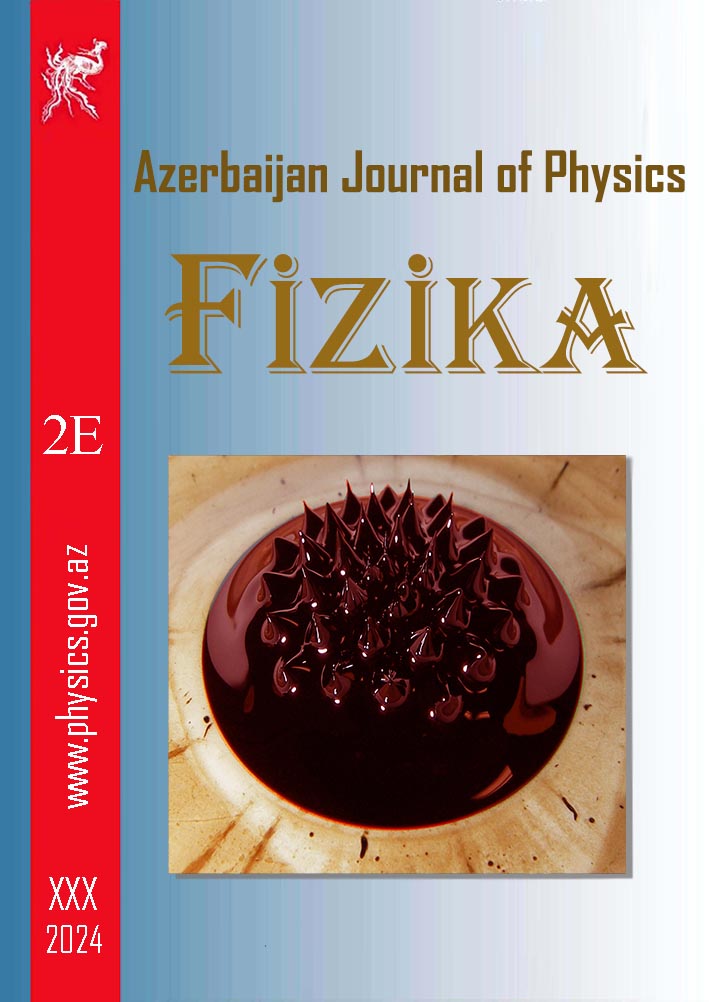ABSTRACT
In previous studies, we have successfully applied artificial intelligence to FTIR spectra of human blood plasma to classify healthy and lung cancer patients. It is possible
to determine healthy and diseased groups with an accuracy of 80% and 90%, respectively, using various statistical methods, such as “Linear SVM” (support vector machine),
“PLS-DA” (partially square discriminant analysis) and “Random Forest”.
In this study, we studied the distinctive features of the FTIR spectra of the blood plasma of patients with lung cancer and healthy people. These spectral differences have
been explained on the molecular (or molecular-group) level. For these experiments, FTIR spectra of blood plasma from 36 healthy and 37 lung carcinoma patients were analyzed.
In spectral regions around the wave numbers 3450 cm-1, 3280 cm-1, 3060 cm--1, 1310 cm-1, amplitudes and peak shifts were clearly
observed, which distinguish sick and healthy groups of people. In addition, the average values of the amplitude ratios of the individual peaks
A2959/A1545, A1650/A1545, A1080/A1545, A1080/A1243, A1080/A1170
can act as a biomarker characteristic of the above two groups.
Keywords: lung carcinoma, blood plasma, spectral biomarker, FQIR (Fourier Transform Infrared) spectroscopy
PACS: 87.64.Ve
DOI:-
Received: 29.04.2022
AUTHORS & AFFILIATIONS
Institute of Biophysics of Azerbaijan National Academy of Sciences 117 Z. Khalilov, Baku, AZ 1141
E-mail: arzuaydemirova491@gmail.com
|
REFERENCIES
[1] O.K. Gasymov, A.H. Aydemirova, L.A. Melikova, J.A. Aliyev. Artificial Intelligence to classify human lung carcinoma using blood plasma FTIR spectra., App.Comp.Math., vol.20.№ 2.pp.277-289.
[2] H.P. Wang, H.C. Wang, Y.J. Huang. Microscopic FTIR studies of lung cancer cells in pleural fluid. The science of the total environment., 1997, vol.204, pp.283-287.
[3] Paul D. Lewis, Keir E. Lewis. Evaluation of FTIR spectroscopy as a diagnostic tool for lung cancer using sputum., BMC Center., 2010, vol.10, pp.640-650.
[4] G. Sutedja. New techniques for early detection of lung cancer., European Respiratory Journal, 2003, vol 21(39), pp.57-66.
[5] Basil Rigas, Patrick T.T. Wong. Human colon adenocarcinoma cell line display infrared spectroscopic features of malignant colon tissues, Cancer Research., 1992,vol.52, pp. 84-88.
[6] Kan-Zhi Liu, Kam Sze Tsang, Chi Kong Li. Infrared spectroscopic identification of betta-thalassemia, Clinical chemistry, 2003, vol.49(7), pp.1125-1132.
[7] Anila Kumari, Shalmali Bhattacharya. Application of FTIR spectroscopy as a tool for early cancer detection., American Journal of biomedical sciences., 2018, ISSN (1937-9080), pp.139-48.
[8] Daping Sheng, Yican Wu, Xin Wang. Comparison of serum from gastric cancer patients and from healthy persons using FTIR spectroscopy. Spectrochimica Acta-Part A, 2013 (116), pp. 365-369.
[9] Janina Kneipp, Michael Beekes. The Journal of Neuroscience., 2002, vol 22(8)., pp. 2989-2997.
[10] Kazuyuki Yano, Susumu Ohoshima. Evaluation of glycogen level in human lung carcinoma tissues by an infrared spectroscopic method. Cancer Letters., 1996, vol. (110), pp. 29-34.
[11] Daping Sheng, Xingcun Liu. Distinction of leukemia patients and healthy person’s serum using FTIR spectroscopy., 2013, (101), pp. 228-232.
[12] U. Yizhuang. Distinguishing malig.from normal stomach tis.and its in vivo in situ meas-t in ope.proc.using FTIR., Fiber-optic techniques., Science in China., 2005, vol. 48, № 2, pp.168-175.
|
